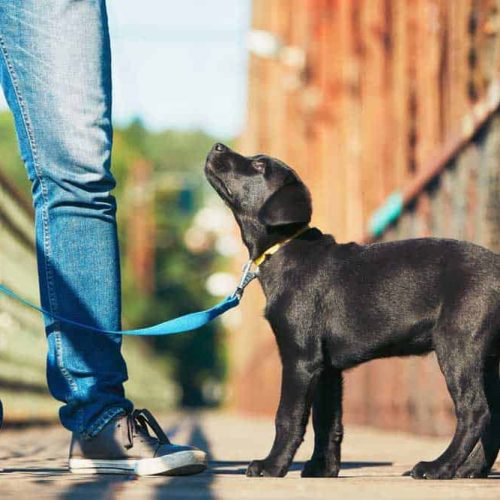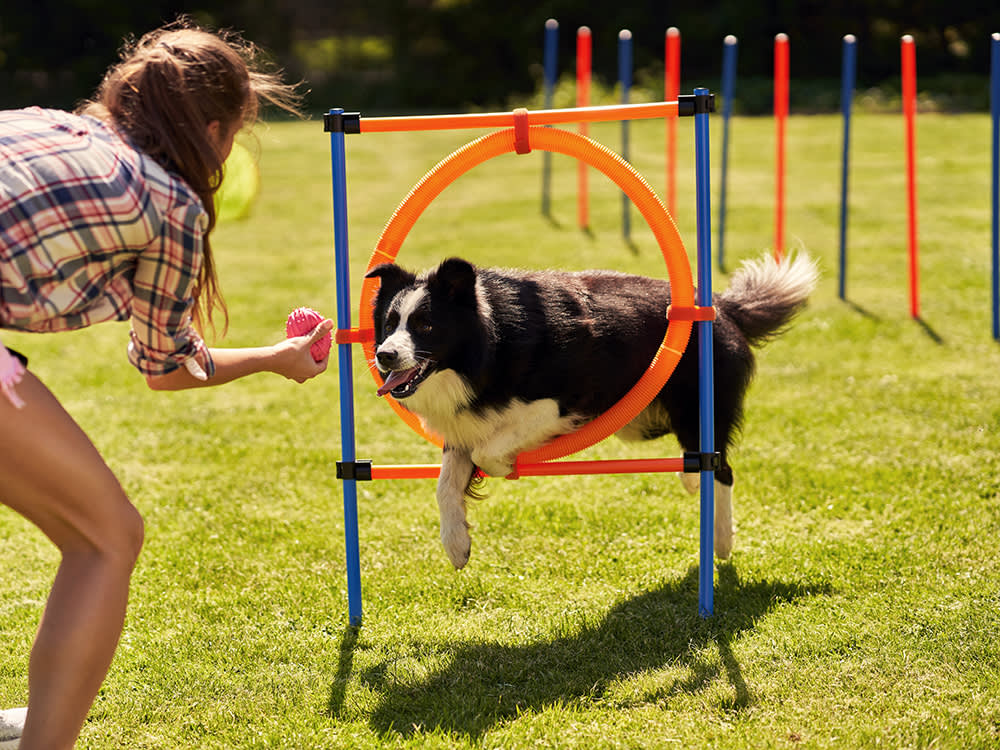Essential Pet Dog Training Tips for Raising a Well-Behaved Companion
Effective canine training is foundational to developing a well-behaved and harmonious companion. Essential methods such as very early socialization, the facility of regular commands, and the application of positive reinforcement can dramatically influence a pet's habits and overall disposition. Recognizing canine behavior is crucial for tailoring training approaches that resonate with individual dogs. By promoting a participating setting among relative and sticking to an organized regimen, owners can boost their training efforts. Yet, the intricacies of these approaches merit further exploration to fully appreciate their influence on cultivating a well-adjusted canine companion.
Comprehending Pooch Habits

Furthermore, socializing plays an important function fit a pet's behavior. Exposure to various settings, individuals, and various other pets helps canines develop confidence and lowers the likelihood of fear-based reactions. Early socialization is especially crucial, as experiences during the important advancement duration dramatically affect a dog's long-term actions.
In addition, understanding the concepts of learning concept-- such as favorable reinforcement, adverse reinforcement, and punishment-- can boost training effectiveness. Pet dogs are most likely to duplicate actions that generate favorable end results. Consequently, employing constant, reward-based training approaches fosters a trusting partnership between the pet dog and its instructor.

Fundamental Commands to Teach
Teaching standard commands is a necessary foundation for effective dog training and interaction. Dog Training For Dogs. These commands not just help develop a clear line of interaction in between you and your canine, but they likewise promote safety and security and good behavior in numerous situations
Beginning with essential commands such as "Sit," "Stay," "Come," "Down," and "Heel." Each command offers a particular objective; as an example, "Sit" can help soothe a thrilled dog, while "Come" is crucial for ensuring your pet dog returns to you when called.
When introducing a brand-new command, make use of a constant and clear tone. Gradually enhance the period and range as your dog ends up being extra competent.
Uniformity is vital; practice commands everyday to enhance learning, and make sure all relative use the same commands to prevent complication. Bear in mind that patience is required during this procedure, as various pets may learn at different speeds. Developing these standard commands advertises an unified partnership and sets the stage for more advanced training in the future.
Positive Reinforcement Methods
Positive reinforcement methods are extremely efficient techniques for motivating preferred actions in pet dogs. This training strategy entails fulfilling your pet for showing actions you desire to enhance, consequently raising the chance of those actions being duplicated. Benefits can take different types, including treats, praise, or play, and need to be customized to what inspires your dog most.
Timing is essential in positive support. Incentives must be provided right away after the desired behavior strikes develop a clear association. If you want your dog to rest on command, award them as soon as they rest, guaranteeing they understand what activity is being strengthened.
Consistency is an additional essential element. Dog Training For Dogs. Use the very same commands and benefits each time to avoid complication. Gradually, you can phase out deals with for more recurring benefits, such as spoken appreciation, to maintain the habits without depending on consistent outside support
Additionally, it is necessary to continue to be patient and prevent penalty, as unfavorable reinforcement can result in be afraid and anxiousness, inevitably impeding training initiatives. By implementing favorable support methods, you will promote a relying on connection with your pet, resulting in a well-behaved friend.
Socialization and Interaction
Socializing and interaction are essential facets of a canine's advancement that enhance positive support techniques. Early direct exposure to diverse atmospheres, individuals, and various other animals is vital for fostering a well-adjusted animal. This procedure helps canines establish confidence and versatility, lowering the likelihood of behavioral problems such as anxiety or aggression.
Begin socialization during the essential developing window, normally in between three and fourteen weeks of age. Introduce your young puppy to different stimulations, consisting of various audios, views, and textures. Register in young puppy classes or organize supervised playdates with other dogs to encourage positive interactions.
As canines grow, continue to subject this link them to different experiences. Tasks such as sees to parks, pet-friendly stores, or neighborhood events can improve their social abilities and comfort click here for more info levels in unknown settings.
Always keep track of interactions to ensure they are hassle-free and positive. Smoothly redirect them and permit for steady direct exposure at a comfortable pace if your dog exhibits indicators of stress and anxiety or hostility. With consistent socializing and communication, you lay the foundation for a balanced, well-behaved friend efficient in flourishing in diverse social scenarios.
Consistency in Training
Developing consistency in training is necessary for efficient communication in between a pet dog and its proprietor. Pet dogs thrive on clear and regular assumptions, which helps them understand what actions is desired.
Uniformity additionally extends beyond commands; it encompasses the rules established within the family. For instance, if a pet is not enabled on the furnishings, this guideline has to be applied in any way times. Mixed signals can result in behavior concerns, as the dog may come to be uncertain regarding what is appropriate.
In addition, all family members must get on the same web page regarding training methods and commands. The canine may end up being disoriented and nervous. if one individual awards a habits while one more rebukes it.
Verdict
In final thought, executing important dog training pointers promotes a well-behaved friend. Inevitably, these methods click for more info cultivate a relying on connection in between the pet dog and its household, promoting an unified living environment and a well-adjusted canine friend.
Necessary techniques such as very early socializing, the establishment of regular commands, and the implementation of favorable reinforcement can significantly affect a canine's actions and general disposition. Comprehending canine behavior is critical for tailoring training strategies that resonate with specific canines.Understanding canine habits is essential for efficient dog training. Pet dogs are more most likely to duplicate habits that generate positive results.Favorable reinforcement strategies are highly efficient approaches for encouraging wanted behaviors in pet dogs.